
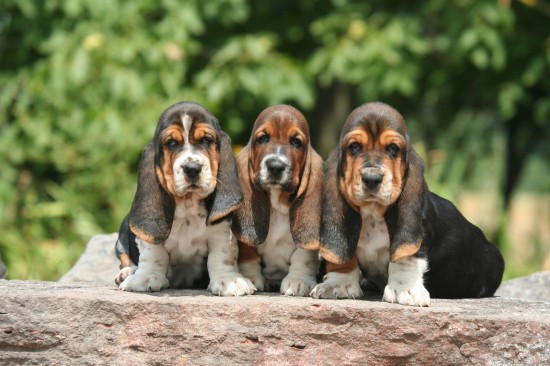
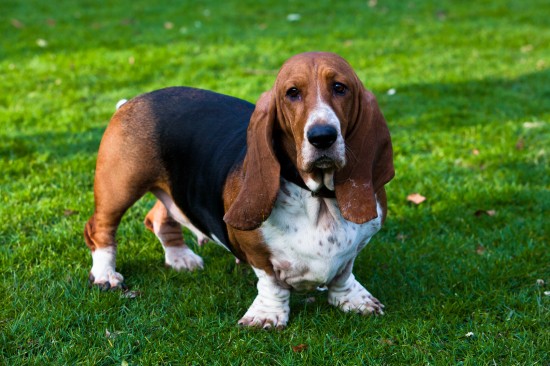
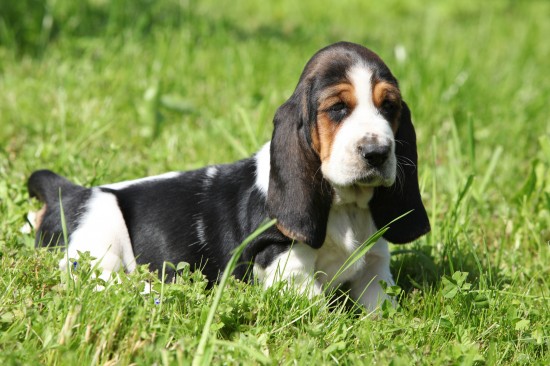
The Basset hound is instantly recognisable and very distinctive in its appearance, and those of us of a certain age will also remember their being catapulted to fame in the 1980’s and 1990’s as the “Hush Puppies” dog! With their long bodies, overly long ears, drooping, sad eyes and short legs, the Basset has an undeniable appeal, and a strong following of enthusiasts, both in the UK and worldwide. The Basset hound is also one of the few breeds of dog that is classed as having the condition known as achondroplasia, or true dwarfism.
If you are considering buying a Basset hound dog or puppy, they can certainly make for very loving and rewarding pets. However, there are several aspects to the Basset hound’s health, appearance, personality and care that all potential owners should be aware of before committing to a purchase. In this article, we will cover the main issues in more detail, to help you to make an informed choice before buying. Read on to learn more.
The Basset hound is a quiet, calm and not overly energetic dog that will be happy with sedate walks and will not need hours and hours of time spent each day running around.
They can be prone to stubbornness and independence, however, and are not classed as among the easiest of dogs to train. It is also worth noting that the Basset hound ranks well down the list in terms of canine intelligence levels, which means that they are unlikely to be able to learn and repeat a wide range of higher-level commands.
While the Basset can be independent and single minded, they are not a breed that thrives when left on their own for long periods of time, and they do require a reasonable amount of supervision and entertainment.
As mentioned, the Basset hound’s distinctive appearance comes about due to the presence of achondroplasia, or dwarfism. While in most other dog breeds this would be considered to be a genetic flaw, in the Basset it is a desirable breed trait, and one that is deliberately bred for.
The long body and short legs of the Basset can lead to potential problems with mobility, and with the joints and bones. Developing puppies and elderly Bassets should not be allowed to jump or climb too high, as this can cause damage to the limbs or spine, and care should be taken with the Basset throughout their lives to ensure that they do not take a fall or otherwise jar their limbs or back.
Spinal injuries in the Basset hound can be serious, and are one of the main causes of euthanasia in the breed. Injuries acquired while young may go on to lead to problems in later life, and it is also worth noting that due to the Basset’s stature and build, they are unable to swim. Special care must be taken to supervise the Basset hound when around ponds and water!
As well as the potential issues that can accompany achondroplasia as outlined above, the Basset hound also has elevated risk factors for some other genetically inherited health conditions too. The ears of the Basset hound need particular care to be paid to them in terms of keeping them clean and allowing air to circulate within the ear, as the shape and length of the ears means that this can be challenging to enable.
Due to their sad, large and drooping eyes, the Basset is also rather more prone to developing a range of eye problems than most other breeds, including irritations, excessive tear production, and foreign bodies becoming lodged within the eye.
The Basset hound, like all hounds, has superior skills as a hunter, and is one of the best scent hunters on the planet, with skills second only to the Bloodhound. The scenting abilities of the Basset hound are far superior to that of most other dogs, and once they get onto a trail, they will prove to be very persistent and tenacious! This is when the Basset’s independence and stubbornness will often really come to the fore, and it can be very hard to convince your dog to give up a scent and come in when you want them to! Extreme care must be taken in terms of protecting other smaller pets and wildlife from your Basset hound, as if they get caught up in the thrill of the chase, they can pose a risk to other animals.
The Basset can be trained and socialised to live with other pet such as cats, providing that this is undertaken carefully; however, outside of the home, even a Basset that lives happily side by side with a cat may view other cats as potential prey.
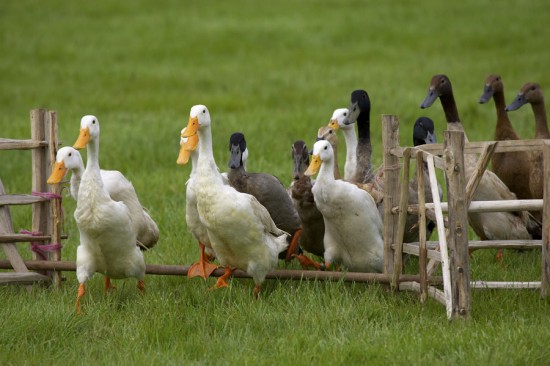 Keeping Ducks
Keeping Ducks
Keeping Ducks
Keeping Ducks
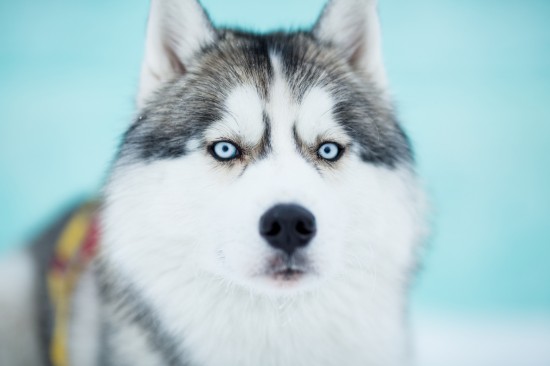 How Closely Related Are The Siberian Husky And The Wolf?
How Closely Relat
How Closely Related Are The Siberian Husky And The Wolf?
How Closely Relat
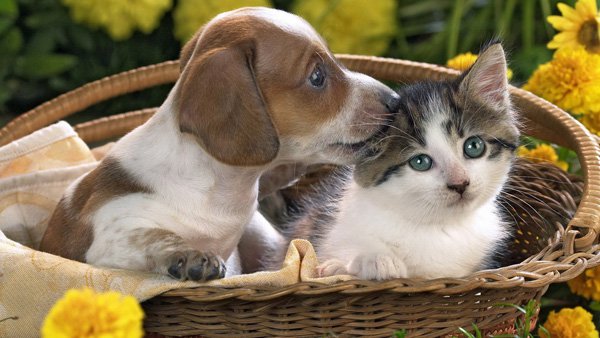 Weather Changes Are Effecting Pets
Weather Changes Are Effecting Pets
Although ke
Weather Changes Are Effecting Pets
Weather Changes Are Effecting Pets
Although ke
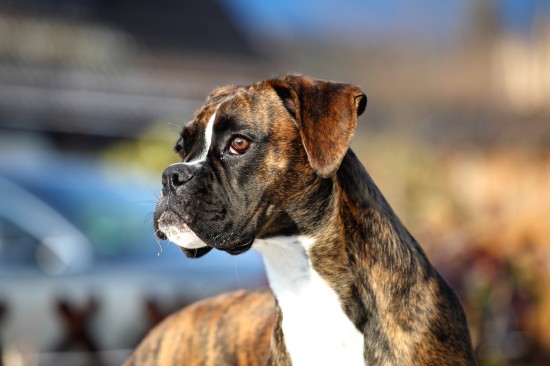 The Special Health Considerations Of The Boxer Dog
The Special Healt
The Special Health Considerations Of The Boxer Dog
The Special Healt
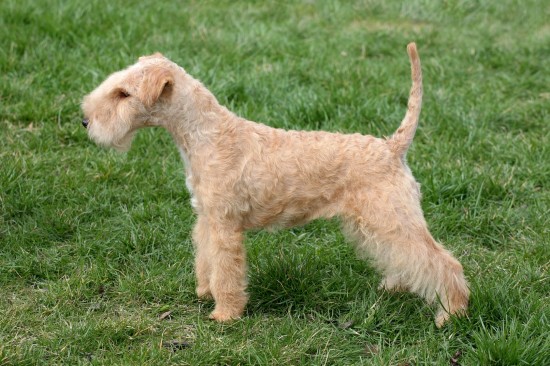 Lakeland Terrier Hereditary Health And Longevity
Lakeland Terrier
Lakeland Terrier Hereditary Health And Longevity
Lakeland Terrier
Copyright © 2005-2016 Pet Information All Rights Reserved
Contact us: www162date@outlook.com